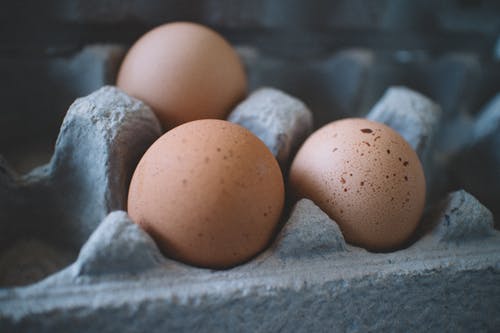 Farmers selling fertilised eggs are making almost three times more income than those who are selling eggs laid by pure breeds for consumption as food.
Farmers selling fertilised eggs are making almost three times more income than those who are selling eggs laid by pure breeds for consumption as food.
Eggs sold as food fetch an average Sh300 per tray. But fertilised eggs for incubation sell for as much as Sh800 per tray, with dual purpose Kuroiler eggs fetching the highest prices.
According to SokoPepe, an online marketplace, a tray of eggs in Nairobi, Nakuru, Kisumu, Mombasa, Eldoret, and Malindi sells for between Sh280 and Sh350, with the prices highest in Kisumu and lowest in Malindi.
The far higher prices for fertilized eggs are being driven by the relatively limited number of farmers producing fertilised eggs for the booming chick hatching agribusiness, according to farmer Edwin Ayeicha.
“Others consider a cock as an extra cost that needs to be replaced by a hen, which lays daily. More focus has gone to eggs for food instead of eggs for hatching. That is what is causing the imbalance, and, therefore, the rise in price,” said the Nyamira County farmer.

From his farm in Nyakwerema Village, Ayeicha sells fertilised Kienyeji eggs at Sh15 each. This translates to Sh450 per tray. But he sells the fertilized Kuroiler eggs for Sh25 each, meaning a tray earns Sh750.
RELATED CONTENT : Outsourced eggs cut hatching rate by over 50 per cent
In Nakuru County and most parts of central Kenya, Kuroiler and Rhodes Island Red eggs cost Sh800 per tray. The regions’ prices are generally higher than for either region, at Sh750 for a tray of Kari eggs, Sh650 for a tray of Kenbro or Rainbow Rooster fertilised eggs, and Sh550 for pure Kienyeji.
Such prices are twice the prices achieved for layers and sometimes almost three times. Yet the investment in fertilized eggs is relatively small, with one cock enough to serve eight to 12 chickens.
RELATED CONTENT:Farmers earn Sh1000 more a year from rainbow rooster eggs
In terms of popularity, the market for pure layers is rising, but the dual purpose chickens is rising even more rapidly because of the double benefits.
To increase the chances of hatching, an egg has to be fresh, and specifically less than seven days old.
RELATED CONTENT:Testing eggs for fertility boosts hatching
Eggs stored in closed buckets are likely to achieve a low hatching rate due to ‘suffocation’ in the enclosure.
Dirty eggs too, however fresh, have limited hatching ability, because of the particles blocking the entry of fresh air into the egg to feed its living cells.
Ayeicha can be reached on +254 795 181559
















Comments powered by CComment